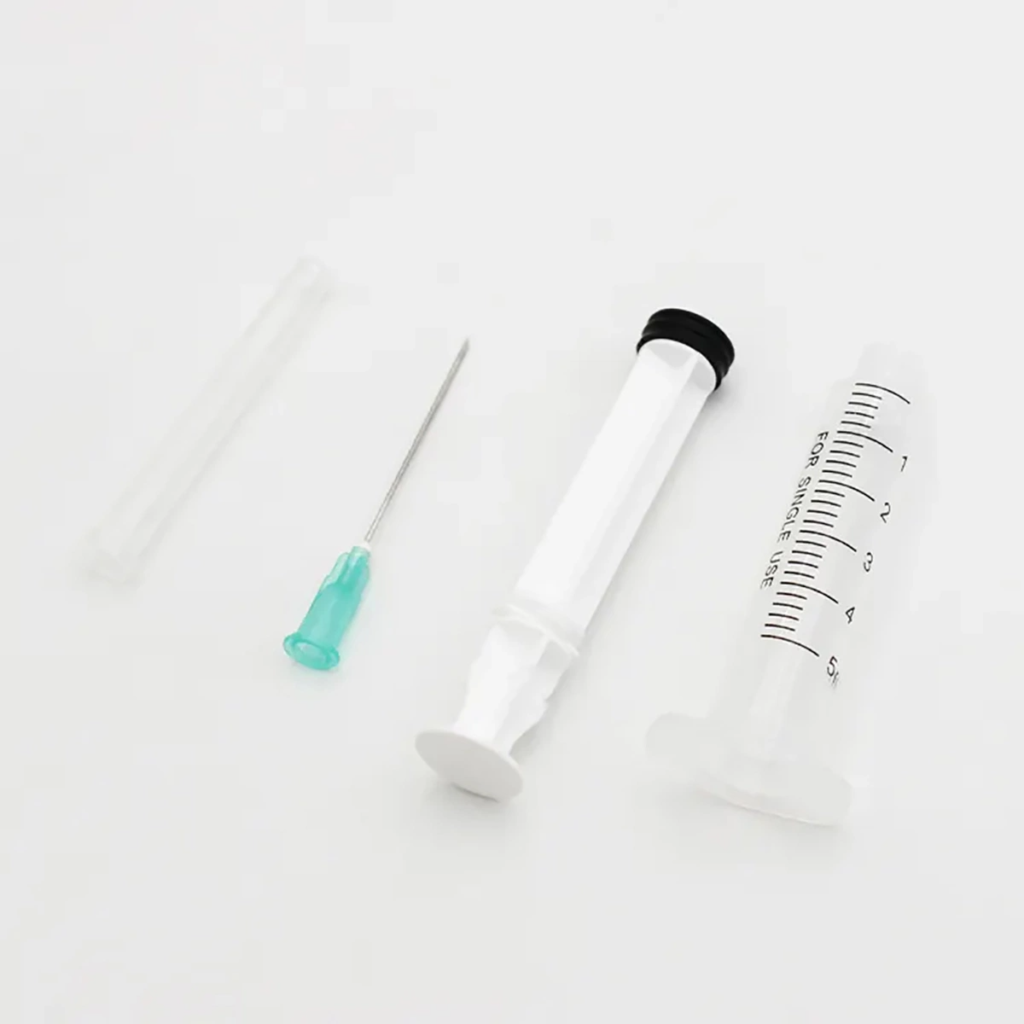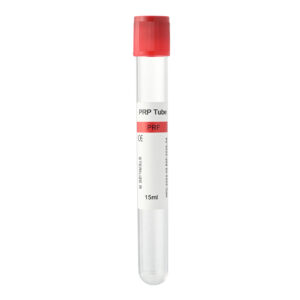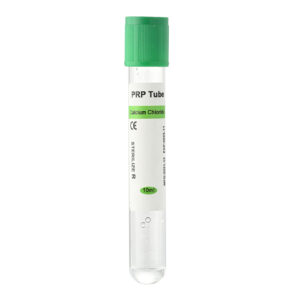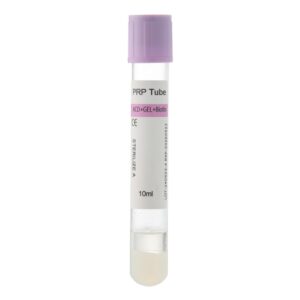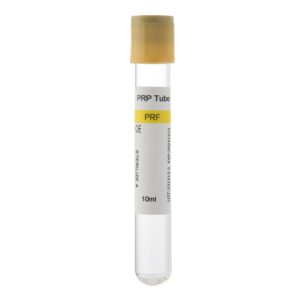Healthcare professionals commonly use syringes, and selecting the appropriate size and specifications is crucial to ensure effective treatment, accurate dosing, and patient comfort. This article provides a detailed overview of various syringe sizes and their applications, helping healthcare professionals make the best choices in daily practice.
Basic Structure of a Syringe
A syringe typically consists of three main components: the needle, the barrel, and the plunger. The graduated measurements marked on the barrel allow healthcare providers to precisely control the dosage, ensuring accuracy during medication administration. Healthcare providers choose the needle’s gauge and length based on specific medical needs, with specifications designed to meet different injection requirements.
Common Syringe Sizes and Their Uses
The capacity (measured in milliliters) and needle specifications primarily distinguish syringe sizes. Below are some common syringe sizes and their typical uses:
- 1 mL Syringe
- Uses: Healthcare providers often use the 1 mL syringe for precise doses, such as insulin injections or other small-dose medications requiring exact control. It is commonly used in endocrinology and home care for diabetic patients.
- Needle Specifications: Typically equipped with a fine, short needle, suitable for subcutaneous injections to minimize skin and tissue damage, ensuring patient comfort.
- 3 mL Syringe
- Uses: The 3 mL syringe is one of the most frequently used syringes in clinical settings, suitable for intramuscular, subcutaneous, and intravenous injections. Its versatile capacity makes it widely used in routine treatments and vaccinations.
- Needle Specifications: The needle length can vary based on the purpose, suitable for intramuscular or subcutaneous administration to ensure the medication reaches the intended site.
- 5 mL Syringe
- Uses: Suitable for medium-dose medication administration, commonly used for vaccinations, antibiotics, and intramuscular injections. The 5 mL syringe is used in both pediatric and adult care due to its moderate capacity, which allows for flexible dosing.
- Needle Specifications: Typically equipped with a longer needle to ensure accurate medication delivery into muscle tissue, aiding rapid onset of action.
- 10 mL and Larger Syringes
- Uses: Healthcare professionals use syringes of 10 mL and above for intravenous injections, drawing larger volumes of fluids, and infusion procedures. Healthcare providers often utilize these syringes in infusion therapy, emergency care, and anesthesia due to their large capacity, allowing for rapid drug administration.
- Needle Specifications: The needle is relatively thicker and longer to facilitate the quick delivery of fluids or collection of body fluids, suitable for venous blood collection and infusion.
How to Choose the Right Syringe Size
The key to selecting the appropriate syringe size is to consider the type of medication, dosage, injection route, and the patient’s specific circumstances. The following points can help in making a precise selection:
- Medication Dosage: The required dosage directly determines the capacity of the syringe. Healthcare providers should choose a syringe with a smaller capacity for small-dose medications (e.g., less than 1 mL) to ensure accurate dosing and minimize errors.
- Injection Route: Different injection routes (subcutaneous, intramuscular, intravenous) have different needle lengths and gauge requirements. For instance, subcutaneous injections require shorter needles to reduce tissue damage, while intramuscular injections need longer needles to ensure the medication is delivered into the muscle layer.
- Patient Characteristics: The patient’s age, body type, and condition also influence needle selection. For example, children, elderly patients, and those with lower body fat may need thinner and shorter needles to minimize discomfort and tissue injury during the injection process.
Importance of Syringe Size in Clinical Practice
Choosing the correct syringe size is essential for safety and effectiveness in clinical practice. Using a needle that is too large or too small may cause patient discomfort or even tissue injury. Moreover, selecting the wrong capacity can lead to dosing errors, affecting treatment outcomes. In everyday healthcare, practitioners must carefully consider patient characteristics, drug properties, and injection routes when selecting the appropriate syringe.
Additionally, healthcare providers should pay attention to the brand and quality of the syringe. High-quality syringes ensure smooth operation during injections, reduce resistance, and have sharp needles that significantly decrease patient pain.
Selecting Syringes Based on Material
Modern syringes differ not only in size but also in material. We can categorize syringes into disposable plastic syringes and reusable glass syringes:
- Disposable Syringes: Healthcare providers most commonly use disposable plastic syringes in clinical settings today. Their main advantage is that they can be discarded after use, which prevents cross-contamination and is crucial for preventing infectious diseases.
- Reusable Syringes: Healthcare professionals often use reusable glass syringes for special procedures or in laboratory settings, but they require strict sterilization protocols to prevent infections.
Conclusion
Selecting the correct syringe size is an essential aspect of medical practice. Proper selection of syringe size and specifications ensures effective medication delivery, enhances patient comfort, and reduces pain and discomfort associated with injections. In routine healthcare, healthcare providers should consider the specific needs of the patient and the treatment to choose the most suitable syringe, achieving optimal therapeutic outcomes. Additionally, it is important to choose high-quality syringes to ensure safe and effective injection procedures.

